Home>Garden Essentials>How Much Does It Cost To Install Fake Grass?
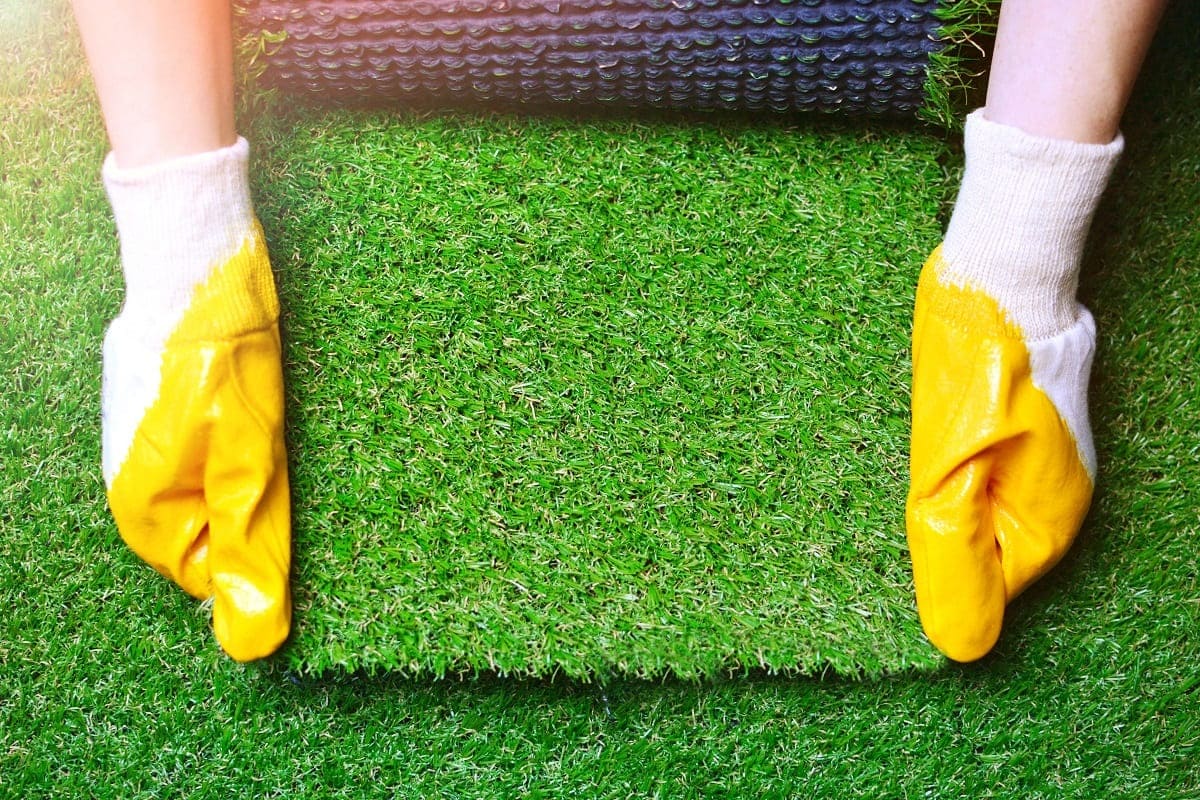

Garden Essentials
How Much Does It Cost To Install Fake Grass?
Modified: October 19, 2024
Find out the average cost of installing fake grass in your garden. Explore the expenses and factors influencing the price.
(Many of the links in this article redirect to a specific reviewed product. Your purchase of these products through affiliate links helps to generate commission for Storables.com, at no extra cost. Learn more)
Introduction
When it comes to creating a beautiful and low-maintenance garden, many homeowners are turning to fake grass as a solution. This innovative alternative to natural grass offers a lush, green lawn without the hassle of watering, mowing, and fertilizing. Not only does it save time and effort, but it also provides a long-lasting and visually appealing outdoor space.
However, before diving into the world of fake grass, it’s essential to understand the cost of installation. The total expenses can vary based on several factors, including the size of your lawn, the quality of the fake grass, and whether you choose to install it yourself or hire a professional. By having a clear understanding of these factors, you can make an informed decision and plan your budget accordingly.
In this article, we will explore the factors that affect the cost of fake grass installation, break down the average costs of materials and labor, discuss additional expenses, and compare the costs of DIY installation versus hiring a professional. We will also touch on the maintenance and long-term costs associated with fake grass to give you a comprehensive overview of what to expect financially.
By the end of this article, you will have a thorough understanding of the pricing involved in installing fake grass and be better prepared to embark on your garden transformation journey.
Key Takeaways:
- Fake grass installation costs vary based on lawn size, quality of materials, and labor. Plan for additional expenses like site preparation and maintenance to create a budget-friendly, low-maintenance garden.
- Consider DIY vs. professional installation for fake grass. While DIY saves on labor costs, professional installation offers expertise and warranty coverage. Plan for long-term maintenance to enjoy a hassle-free, lush green garden.
Read more: How Much Does Fake Turf Cost?
Factors Affecting the Cost of Fake Grass Installation
The cost of fake grass installation can vary depending on several key factors. Understanding these factors will help you estimate the overall expenses and make informed decisions about your project. Here are the main factors that can impact the cost of installing fake grass:
- Size of the Lawn: The size of your lawn is one of the most significant factors affecting the cost. The larger the area, the more materials and labor will be required. It’s important to measure your lawn accurately to get an estimate of the amount of fake grass needed.
- Quality of the Fake Grass: The quality and type of fake grass you choose will also affect the cost. There are various options available, ranging from basic synthetic turf to premium, high-end varieties. Higher quality fake grass generally comes at a higher price, but it often offers better durability, a natural look, and a longer lifespan.
- Accessibility: The accessibility of your lawn can impact the cost of installation. If your lawn is difficult to access or has limited entry points, it may increase the labor and time required for installation, thus affecting the overall cost.
- Site Preparation: Proper site preparation is crucial for a successful fake grass installation. If your existing lawn requires extensive leveling, removal of debris, or additional groundwork, it may incur additional costs. This includes factors such as removing rocks, old grass, or tree stumps, and ensuring adequate drainage.
- Additional Features: If you plan to incorporate additional features into your fake grass installation, such as pathways, flower beds, or pet-friendly elements, these may add to the overall cost. It is essential to consider these factors during the planning stages to avoid unexpected expenses.
Keep in mind that while these factors can impact the initial cost of installation, choosing fake grass for your lawn offers long-term savings by eliminating the need for watering, fertilizing, and costly maintenance. By understanding these factors, you will have a better idea of what to expect and can plan your budget accordingly.
Average Cost of Materials for Fake Grass Installation
When it comes to installing fake grass, the materials play a significant role in determining the overall cost of the project. Here is a breakdown of the average costs associated with the materials needed for fake grass installation:
- Fake Grass Rolls: The cost of fake grass rolls can vary depending on the quality and type of turf you choose. On average, you can expect to pay between $2 and $8 per square foot. Higher-end options with advanced features like enhanced drainage or a more realistic appearance may cost more.
- Geotextile or Weed Barrier Fabric: This fabric is typically used as a base layer to prevent weed growth. It helps to maintain a clean and weed-free lawn. The cost of geotextile or weed barrier fabric is around $0.50 to $1 per square foot.
- Infills: Infills are materials used to add weight, stability, and support to the fake grass. They can be made of materials like silica sand, crumb rubber, or a combination of both. The cost of infills varies depending on the type and quantity needed. On average, expect to pay between $0.50 and $2 per square foot.
- Edging: Edging is used to provide a clean and defined border for the fake grass. It helps to hold the turf in place securely. The cost of edging materials, such as plastic or metal strips, is around $0.50 to $2 per linear foot.
- Adhesive and Seam Tape: Adhesive and seam tape are essential for joining and securing the seams of the fake grass rolls. The cost of adhesive and seam tape is approximately $0.50 to $1 per linear foot.
It is important to note that these prices are averages and can vary based on factors such as the quality of the materials, local market prices, and any additional features or accessories you may choose to incorporate into your installation.
Before purchasing materials, it’s recommended to consult with a professional or supplier to get accurate pricing information based on your specific requirements. They can guide you in selecting the right materials for your project while considering your budget.
Labor Costs for Fake Grass Installation
While the cost of materials is a significant factor, labor costs also play a crucial role in the overall cost of fake grass installation. Hiring professionals ensures a proper and efficient installation process. Here are some key factors to consider regarding labor costs:
- Installation Team: The size and experience of the installation team will impact labor costs. Typically, a team of two or three experienced professionals will handle the installation, with one person leading the project. The labor cost can range from $3 to $10 per square foot, depending on the complexity of the project and the time required.
- Site Preparation: Site preparation is a vital aspect of fake grass installation. It involves removing existing vegetation, leveling the ground, and performing any necessary groundwork. The labor cost for site preparation can range from $1 to $4 per square foot.
- Equipment and Tools: The labor cost includes the rental or use of equipment and tools required for the installation process. This may include machinery for excavation and leveling, as well as specialized tools for cutting and securing the fake grass. The cost for equipment and tool usage varies based on the size and complexity of the project.
It’s crucial to obtain multiple quotes from reputable installers to compare labor costs and ensure a fair price. Remember to inquire about any additional services included in the labor cost, such as site cleanup or debris removal after installation.
If you have a smaller budget or prefer a do-it-yourself approach, you can opt to install the fake grass yourself. However, keep in mind that it is a labor-intensive process that requires careful attention to detail, particularly during site preparation and seam joining. DIY installation can help save on labor costs, but it’s important to assess your skills and capabilities before taking on the project.
In some cases, suppliers or manufacturers may offer installation as part of a package deal when purchasing materials. Be sure to inquire about these options and assess their cost-effectiveness based on your specific needs.
By considering labor costs and weighing the benefits of professional installation versus a DIY approach, you can make an informed decision that fits within your budget and ensures a successful fake grass installation.
When considering the cost of installing fake grass, be sure to factor in the price of the artificial turf, installation materials, labor, and any additional features like drainage or infill. It’s also important to get quotes from multiple suppliers and installers to ensure you’re getting the best deal.
Additional Costs for Fake Grass Installation
When planning for the installation of fake grass, it’s important to consider the additional costs that may be involved. These costs can vary depending on various factors, such as your specific requirements and the condition of your lawn. Here are some common additional costs to keep in mind:
- Site Preparation: If your lawn requires extensive leveling, removal of debris, or other site preparation work, it may incur additional costs. This can include expenses such as hiring a landscaper or renting equipment for excavation and grading.
- Delivery Fees: If you are purchasing the fake grass from a supplier, there may be delivery fees involved. The cost will depend on the distance and the quantity of materials being delivered.
- Waste Disposal: When removing old vegetation or debris from your lawn, there may be additional costs associated with waste disposal. This can include hiring a waste removal service or renting a dumpster.
- Accessories and Add-ons: Depending on your preferences and needs, you may choose to include accessories and add-ons in your fake grass installation. This can include features such as pathway pavers, custom drainage systems, or additional landscaping elements. The cost of these accessories will vary based on the type and quantity you select.
- Maintenance Equipment and Supplies: While fake grass requires minimal maintenance compared to natural grass, you may still need to invest in maintenance equipment and supplies. This can include items such as a blower for leaf removal, a rake for fluffing the fibers, or specialized cleaning solutions. These costs should be factored into your budget for long-term maintenance.
It’s important to discuss these additional costs with your installer or supplier to get a clear understanding of the potential expenses involved. They can provide guidance and help you develop a comprehensive budget for your fake grass installation project.
By considering these additional costs upfront and including them in your budget planning, you can ensure a smooth and successful installation process without any unexpected financial surprises.
DIY vs. Professional Installation Costs
When it comes to fake grass installation, you have the option to either tackle the project yourself or hire a professional installer. Both options have their advantages and considerations, including the cost implications. Here’s a breakdown of the DIY and professional installation costs to help you make an informed decision:
- DIY Installation: Opting for a DIY installation can save you money on labor costs. However, it’s important to consider the time, effort, and skill required for the project. DIY installation may be more feasible for smaller areas or individuals with experience in landscaping or home improvement projects. Keep in mind that mistakes or improper installation can lead to additional expenses for repairs or replacements down the line.
- Professional Installation: Hiring a professional installer ensures a proper and efficient installation, minimizing the chances of mistakes and ensuring a high-quality result. While it comes with higher labor costs, professional installation offers expertise, warranty coverage, and peace of mind. Professionals have the necessary tools, equipment, and experience to handle challenges and ensure a seamless installation process.
The total cost of professional installation depends on various factors, including the size of your lawn, the complexity of the project, and the reputation of the installer. On average, labor costs for professional installation can range from $3 to $10 per square foot. Keep in mind that this cost is in addition to the materials required.
When deciding between DIY and professional installation, consider the following factors:
- Skill and Experience: Assess your own skills and experience in landscaping or home improvement projects. Installing fake grass requires attention to detail and proper site preparation, so be honest about your abilities to ensure a successful installation.
- Time and Effort: Installing fake grass can be a time-consuming task, particularly if you have a larger lawn. Consider whether you have the time and willingness to commit to the project. Professional installers can complete the job efficiently, saving you time and effort.
- Warranty and Guarantees: Professional installers often provide warranties and guarantees on their work. If any issues arise during or after the installation, they will be responsible for resolving them. DIY installation may not offer the same level of protection or assurance.
It’s important to weigh the advantages and considerations of both DIY and professional installation based on your specific circumstances. If you have a small budget and the necessary skills, DIY installation may be a viable option. However, for larger areas or if you prefer a hassle-free experience, professional installation is worth considering despite the higher cost.
Consult with reputable installers and suppliers to get quotes and professional advice. They can help you make an informed decision based on your needs, budget, and desired outcome.
Maintenance and Long-term Costs of Fake Grass
One of the significant advantages of fake grass is its low maintenance requirements compared to natural grass. However, it’s essential to consider the long-term costs and maintenance needs to ensure the longevity and aesthetic appeal of your artificial lawn. Here’s what you need to know about maintenance and long-term costs:
Regular Cleaning: While fake grass doesn’t require mowing or watering, it still needs regular cleaning to keep its pristine appearance. This involves removing debris, leaves, and pet waste. You can use a leaf blower, a plastic rake, or a stiff brush to clean the surface. Additionally, hosing down the grass occasionally can help remove any accumulated dirt or dust. The cost of cleaning supplies and equipment should be factored into your long-term budget.
Brushing and Fluffing: Over time, the fake grass fibers may flatten or become matted, particularly in high-traffic areas. To maintain the plush and natural look, periodic brushing or fluffing of the grass is necessary. This can be done using a stiff brush or a power broom. The frequency of brushing will depend on the amount of foot traffic your lawn receives.
Repairs and Replacements: While fake grass is durable, it is not completely immune to wear and tear. In the long run, you may need to budget for repairs or replacements in areas where the grass has worn down or sustained damage. This can include patching or replacing sections of the fake grass. The cost will vary depending on the extent of the damage and the type of repairs required.
Weed Control: While fake grass has a weed barrier underneath, it’s possible for weeds to grow on the surface over time. Weeds can be manually removed or treated with weed killer. Maintaining weed control will help ensure the aesthetic appeal of your lawn. However, it’s important to use weed killers that are safe for artificial turf and won’t cause discoloration or damage.
UV Protection: Sun exposure can cause fading or discoloration of fake grass over time. To protect against UV damage, some manufacturers offer artificial grass with built-in UV protection. However, if your grass does not have UV protection, applying a UV-resistant coating can help preserve its color and prolong its lifespan. The cost of UV protection products should be considered in your long-term maintenance budget.
It’s important to note that while there are maintenance and long-term costs associated with fake grass, they are generally lower compared to natural grass. You’ll save on expenses related to watering, fertilizing, and mowing, which can significantly impact your budget over time.
Regular maintenance and proper care are key to ensuring the longevity and aesthetic appeal of your artificial lawn. By incorporating the cost of maintenance supplies and occasional repairs into your long-term budget, you can enjoy a beautiful and hassle-free fake grass lawn for years to come.
Conclusion
Installing fake grass can be a cost-effective and visually appealing solution for creating a low-maintenance and beautiful garden. However, it’s crucial to understand the various factors that can influence the overall cost of installation. By taking these factors into account and properly planning your budget, you can ensure a successful and hassle-free fake grass installation.
Factors such as the size of your lawn, the quality of the fake grass, site preparation requirements, and any additional features or accessories you choose will all contribute to the total cost. It’s important to obtain multiple quotes from reputable suppliers and installers to ensure you are getting the best value for your investment.
The cost of materials, including fake grass rolls, geotextile or weed barrier fabric, infills, edging, and adhesive, should be considered when developing your budget. Additionally, labor costs for installation, site preparation, and the use of equipment and tools need to be factored in.
While there may be additional costs associated with site preparation, delivery fees, waste disposal, accessories, and maintenance, these expenses can be planned for and managed accordingly.
You also have the option to choose between DIY or professional installation. While DIY may save on labor costs, professional installation offers expertise, warranty coverage, and a seamless result. Take into account your skills, time availability, and desire for a hassle-free experience when making this decision.
Remember to consider the long-term costs and maintenance requirements of your fake grass. Regular cleaning, brushing and fluffing, repairs or replacements, weed control, and UV protection are factors that will contribute to the ongoing maintenance expenses.
In conclusion, with thorough planning, research, and consideration of the various factors and costs involved, you can successfully install fake grass and enjoy a beautiful, low-maintenance garden for years to come. The initial investment and ongoing maintenance costs are far outweighed by the time and energy saved in maintaining a natural grass lawn. So go ahead and transform your outdoor space with fake grass and enjoy a lush green garden without the hassle.
Frequently Asked Questions about How Much Does It Cost To Install Fake Grass?
Was this page helpful?
At Storables.com, we guarantee accurate and reliable information. Our content, validated by Expert Board Contributors, is crafted following stringent Editorial Policies. We're committed to providing you with well-researched, expert-backed insights for all your informational needs.
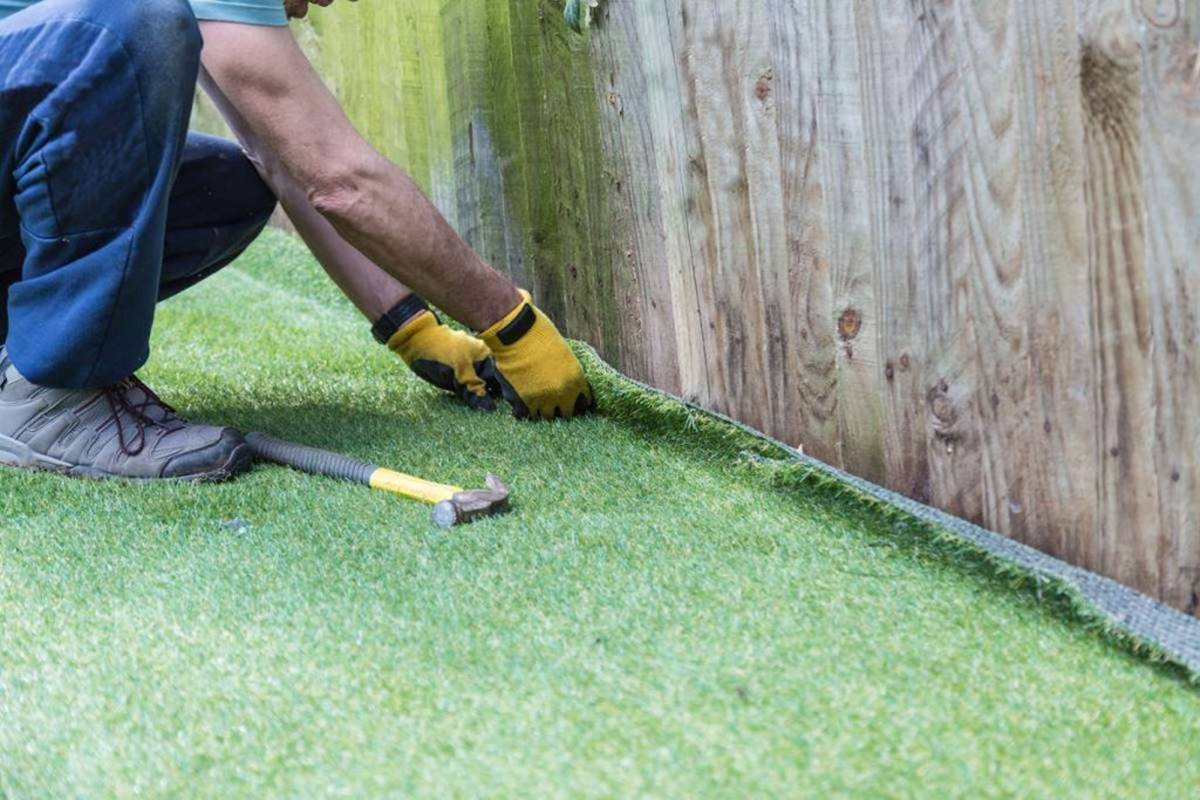


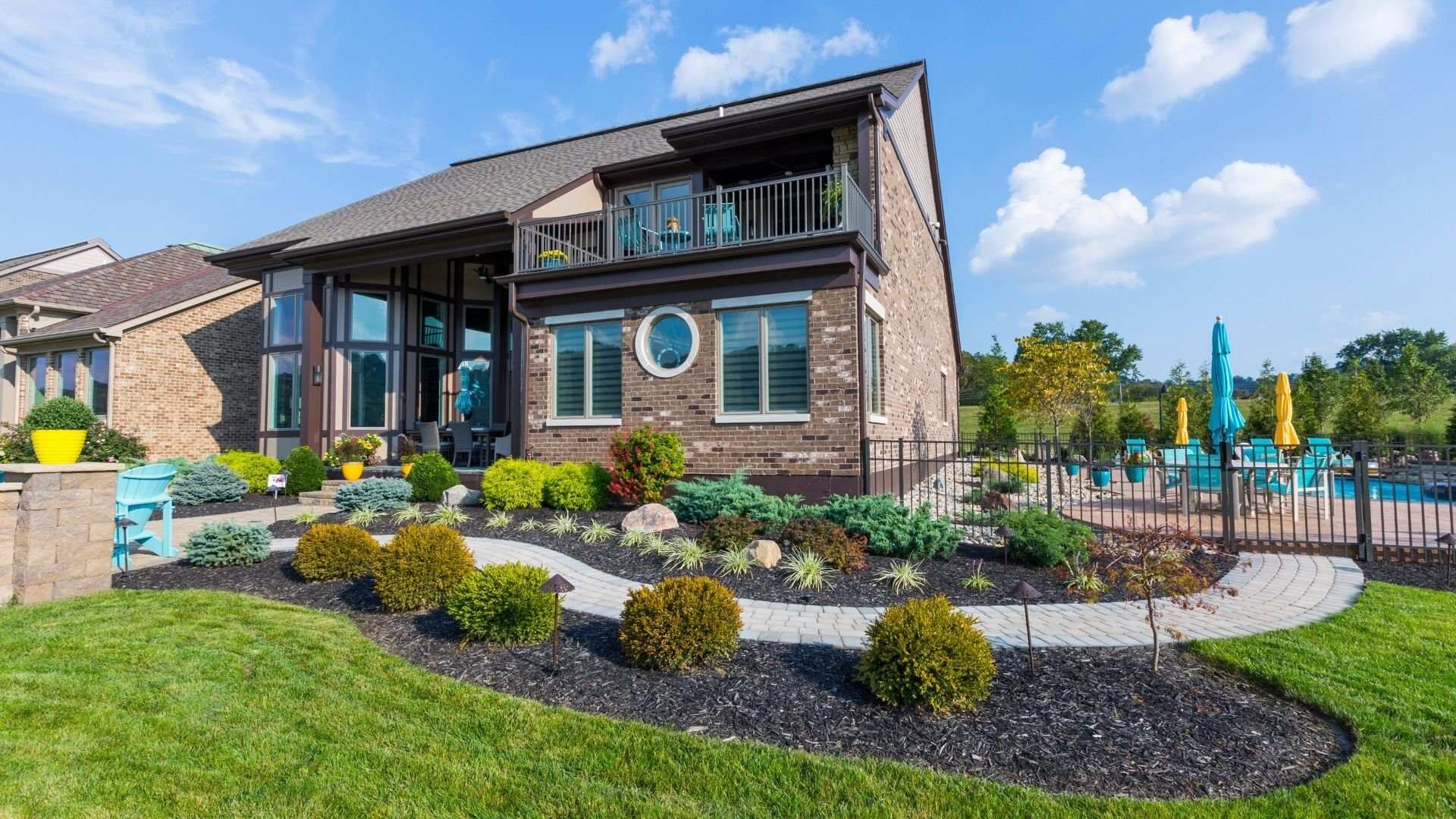
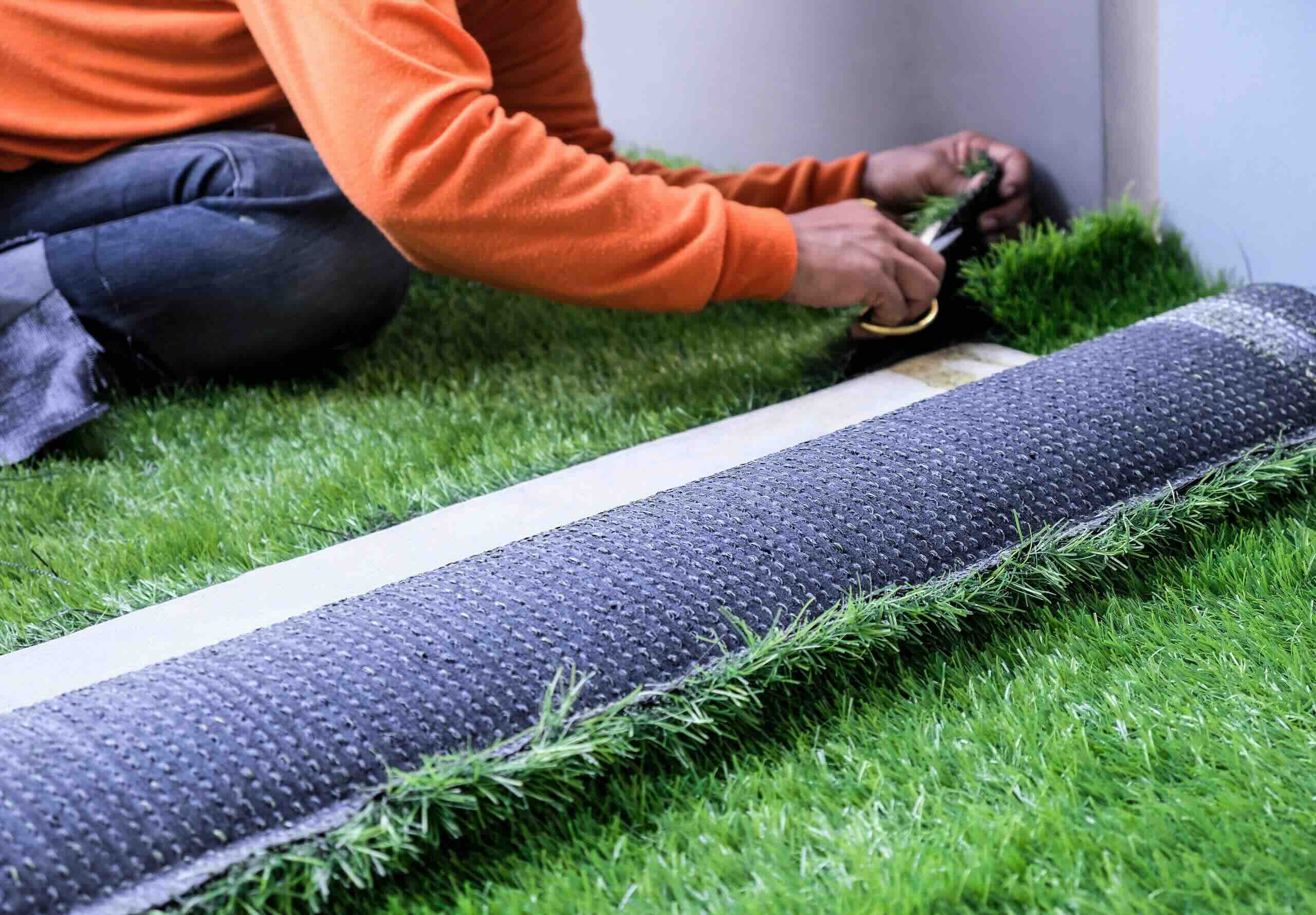
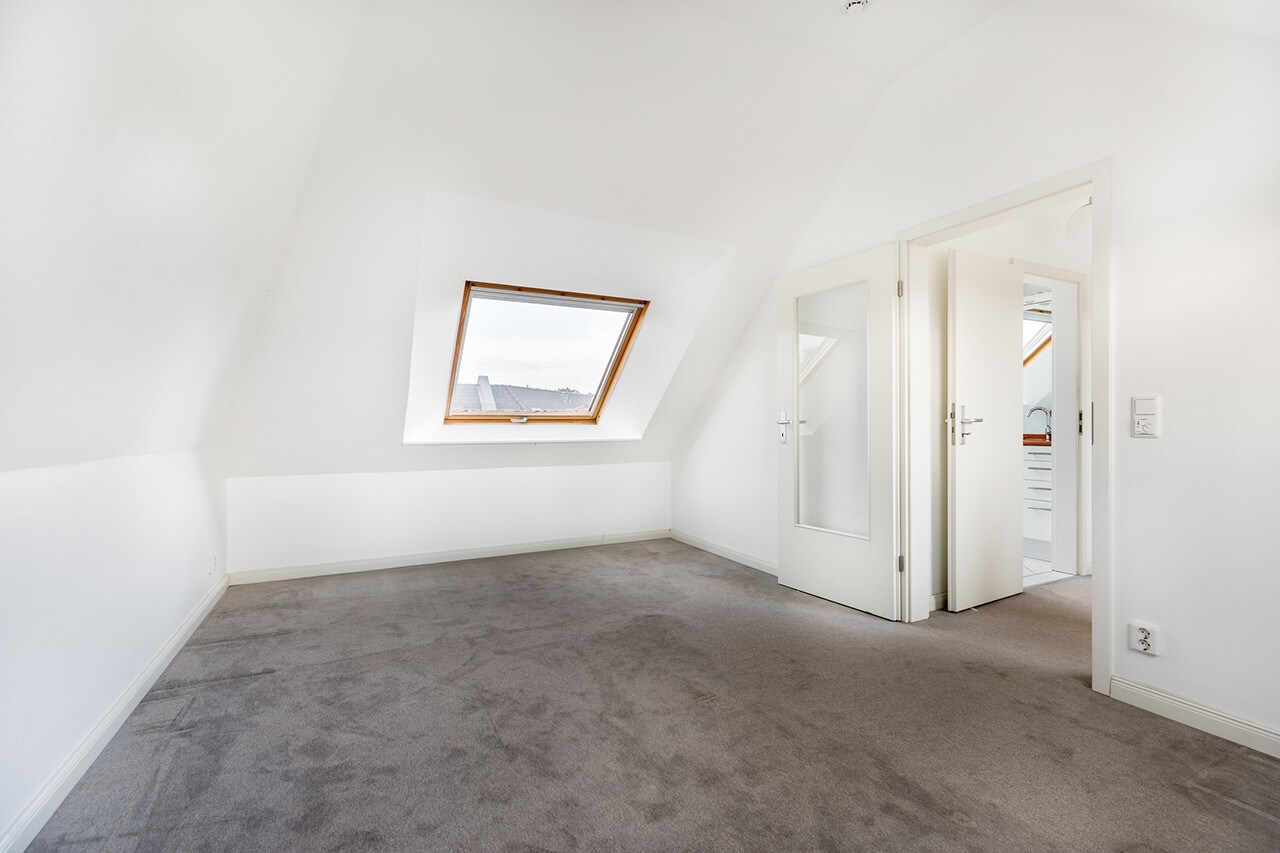

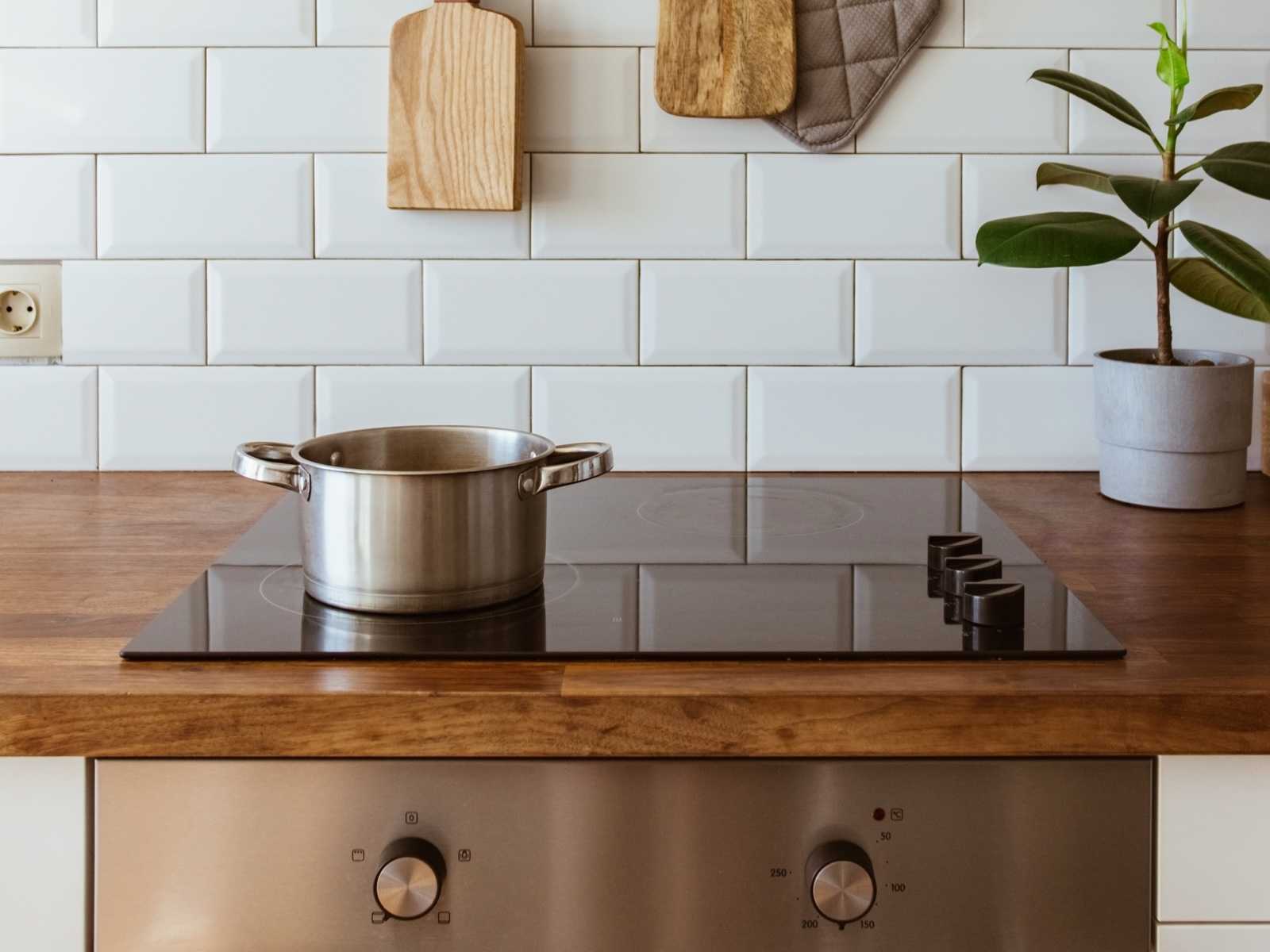
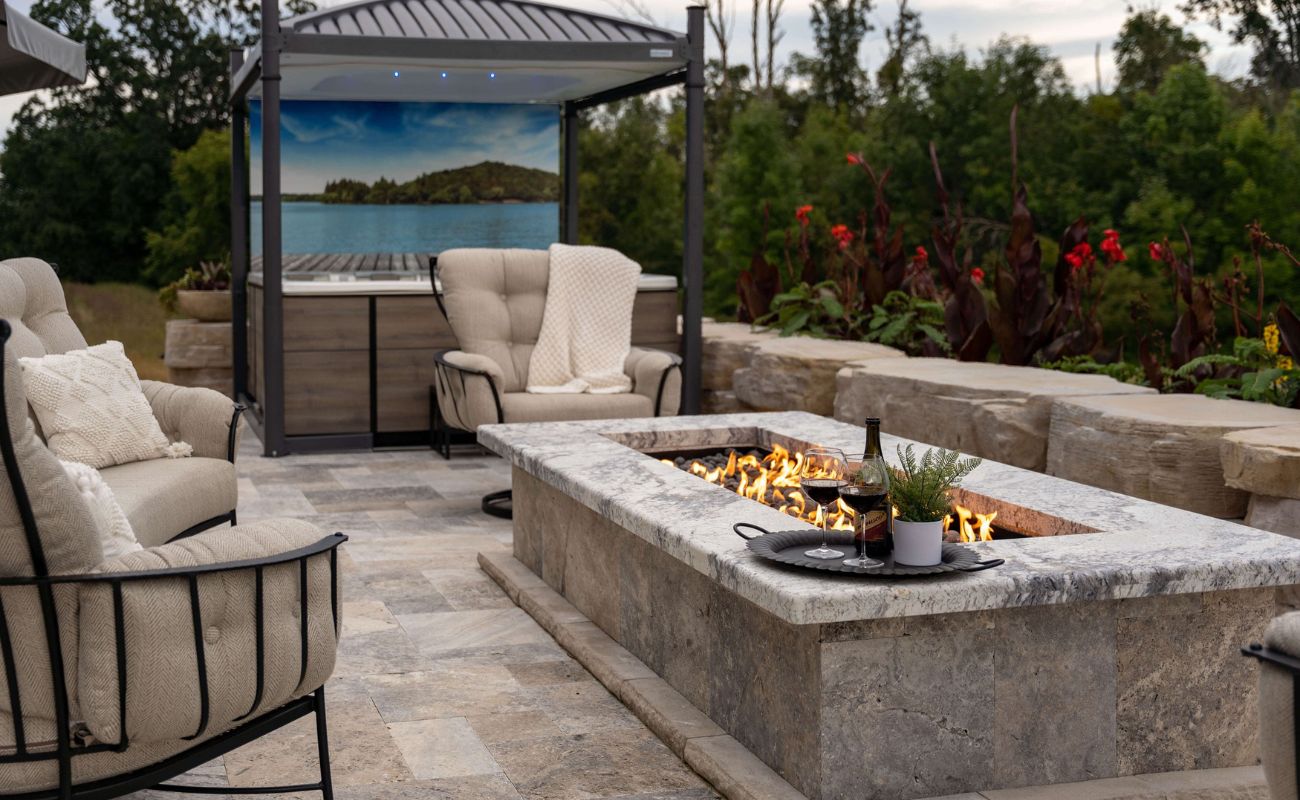
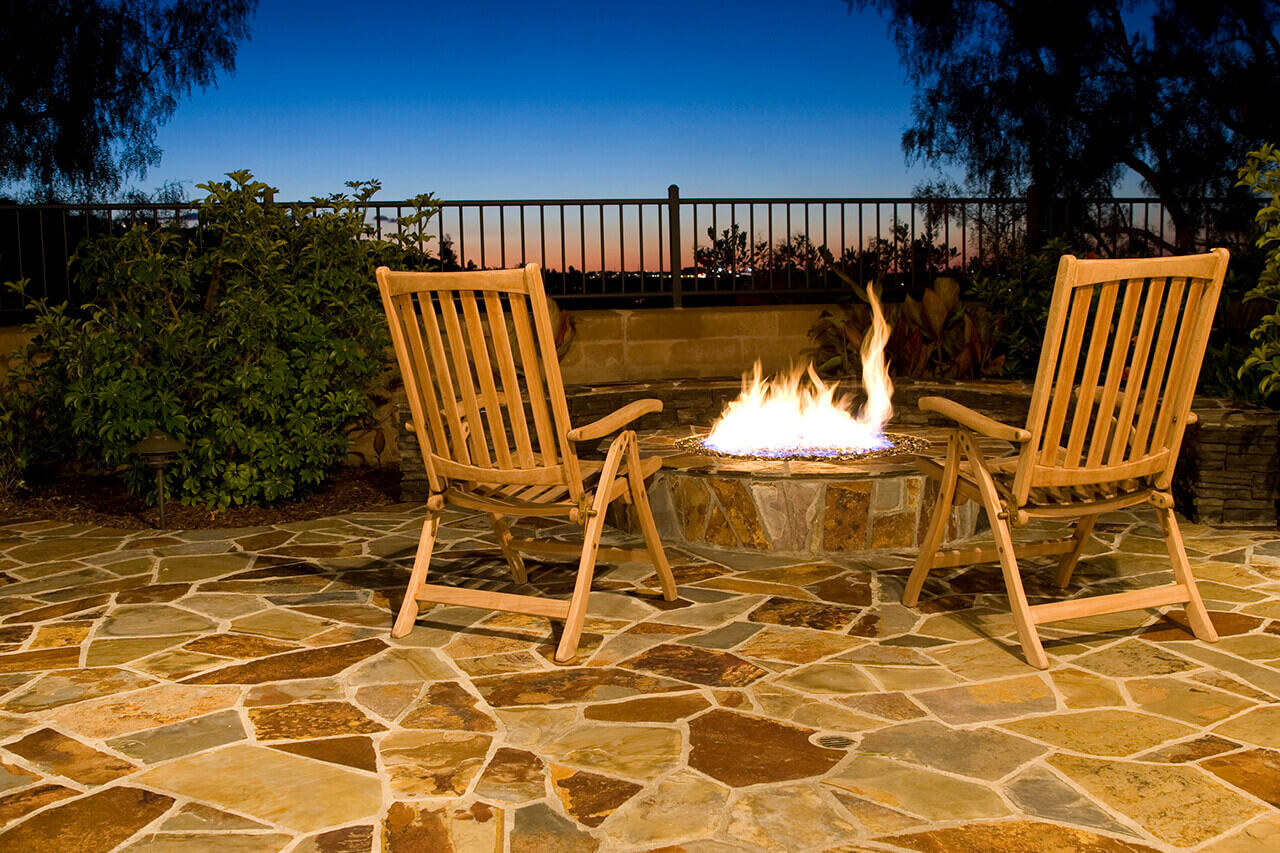
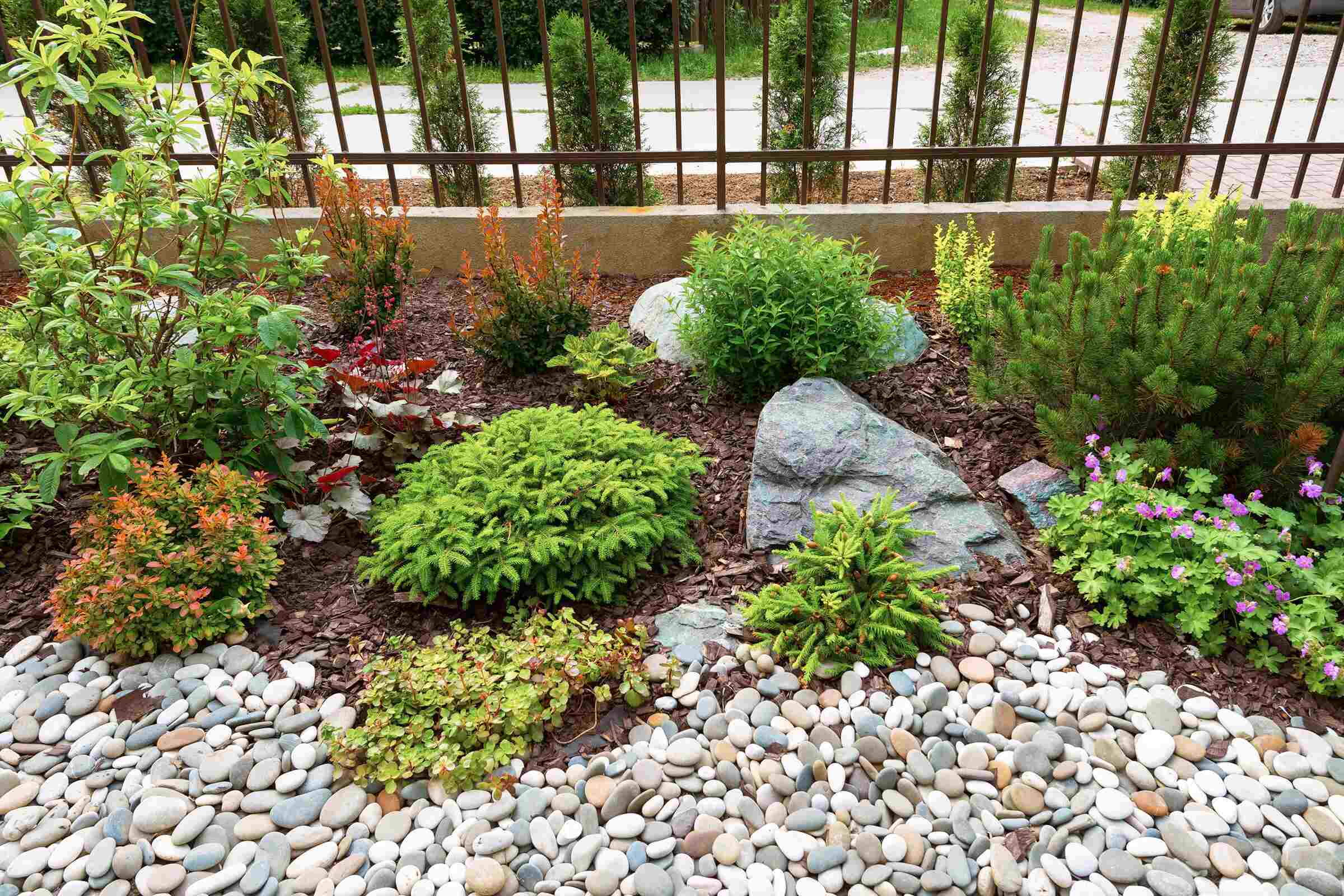
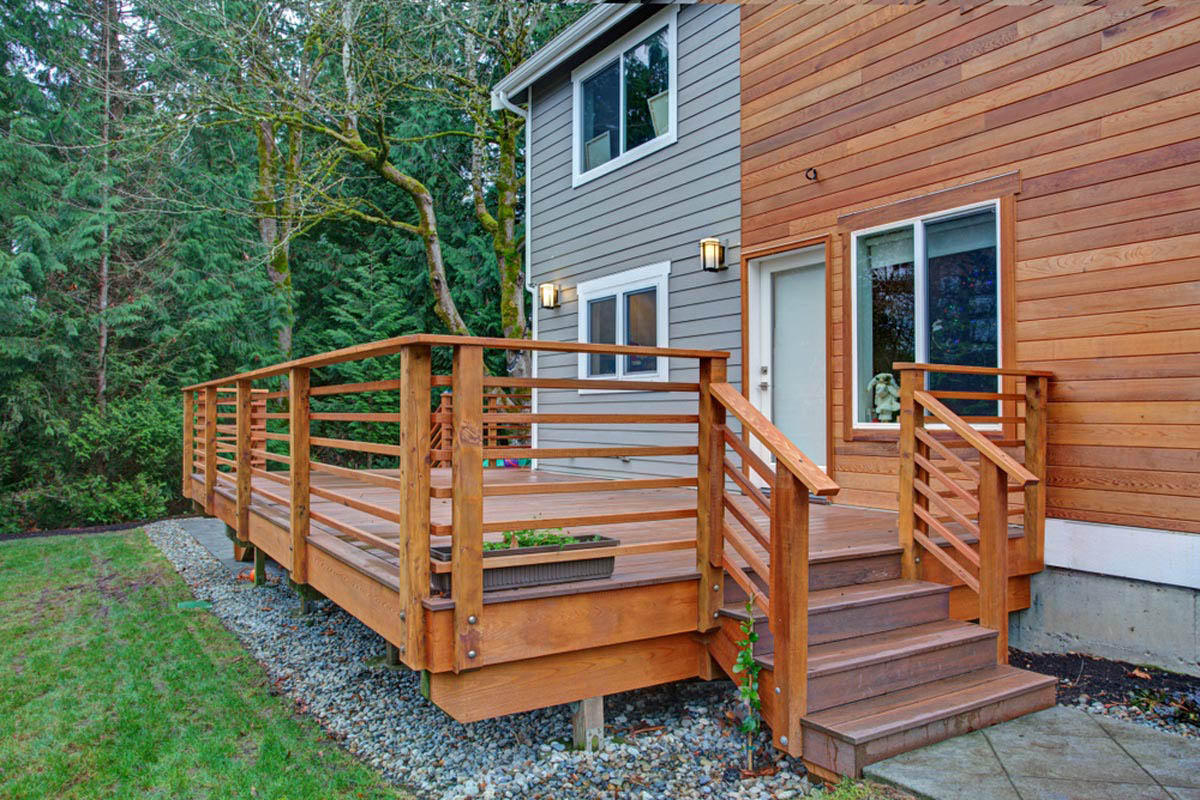
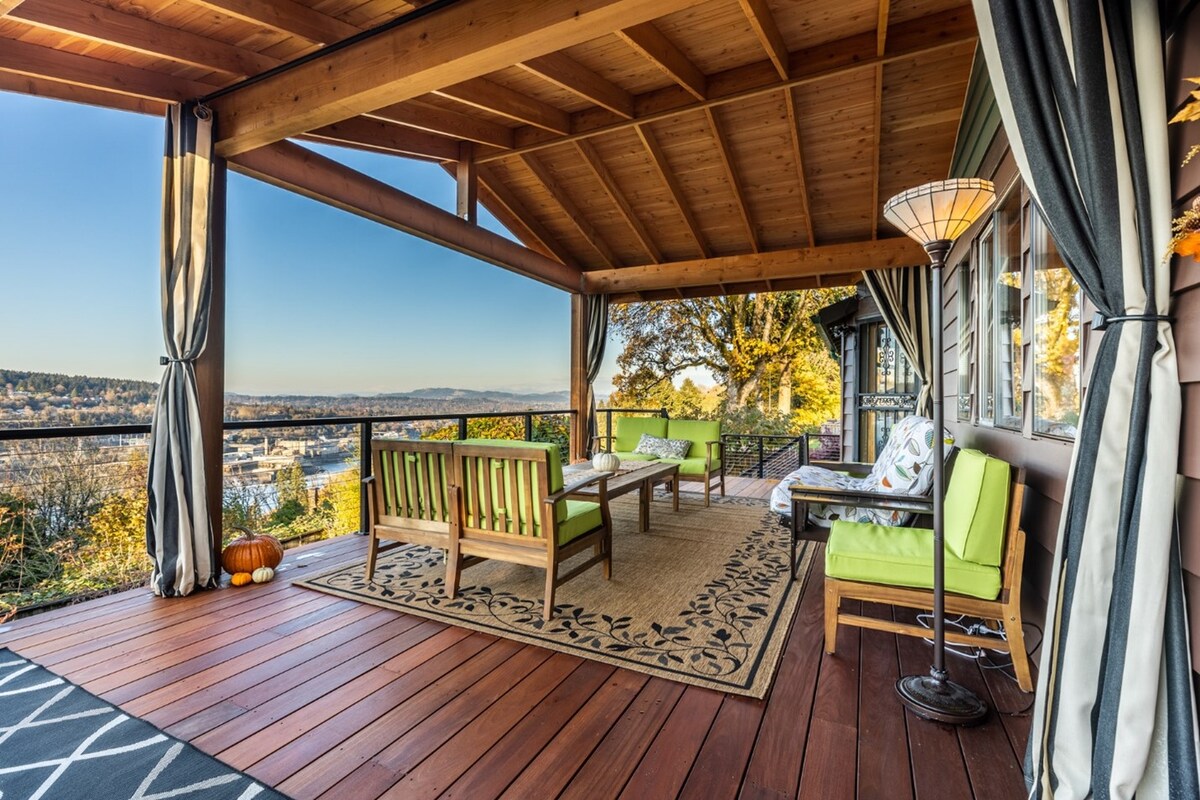
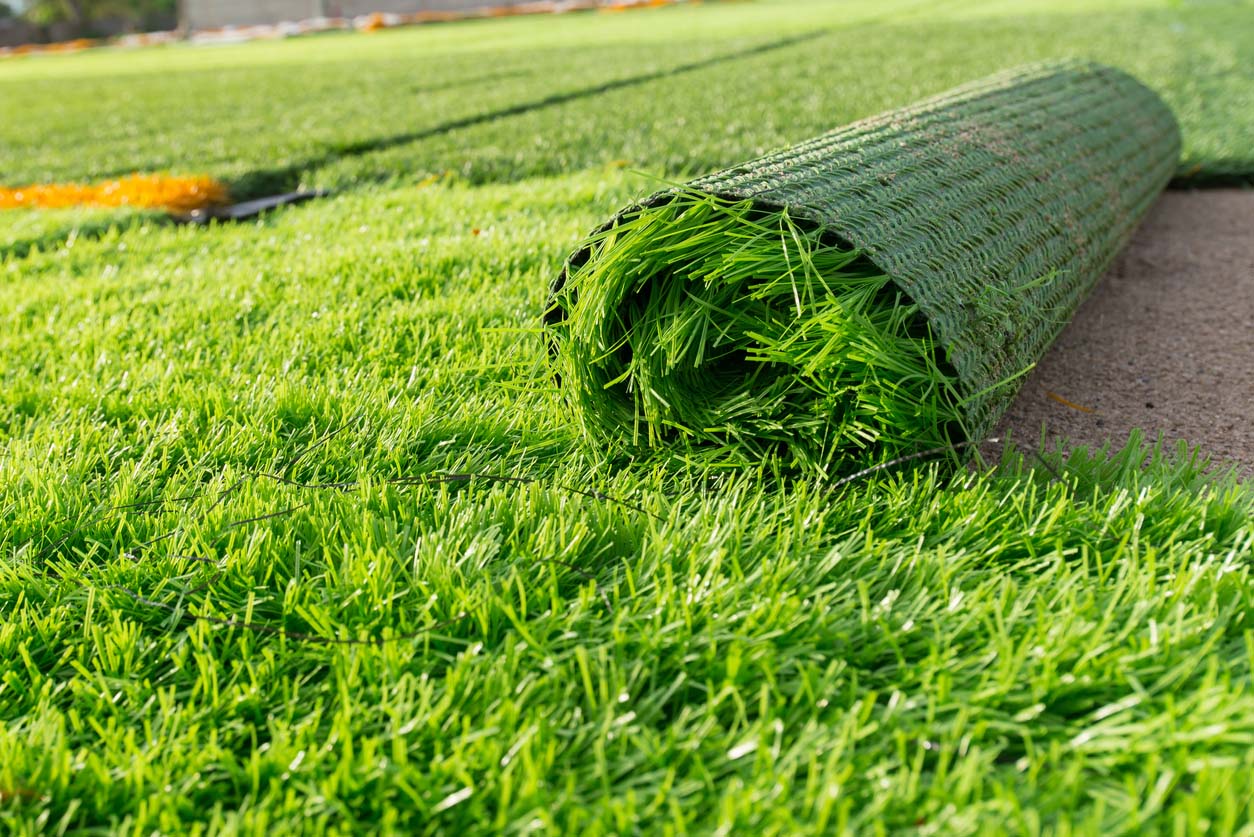

0 thoughts on “How Much Does It Cost To Install Fake Grass?”